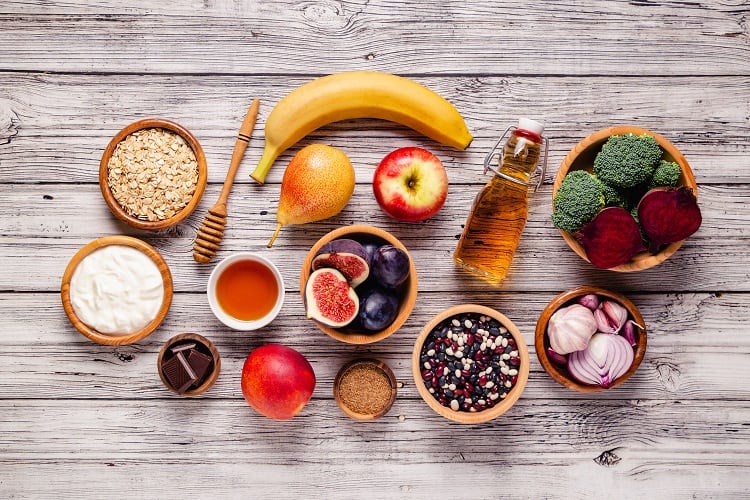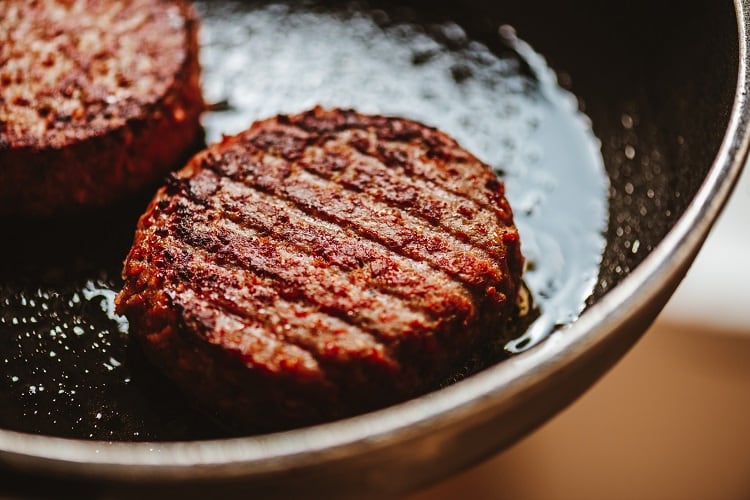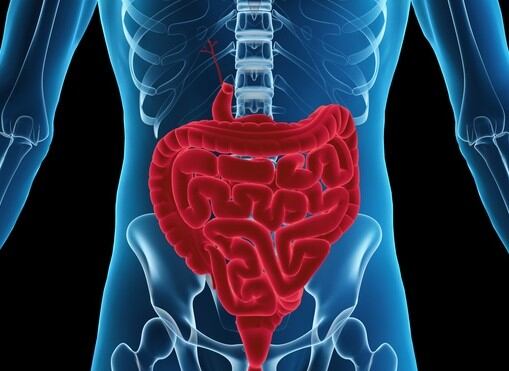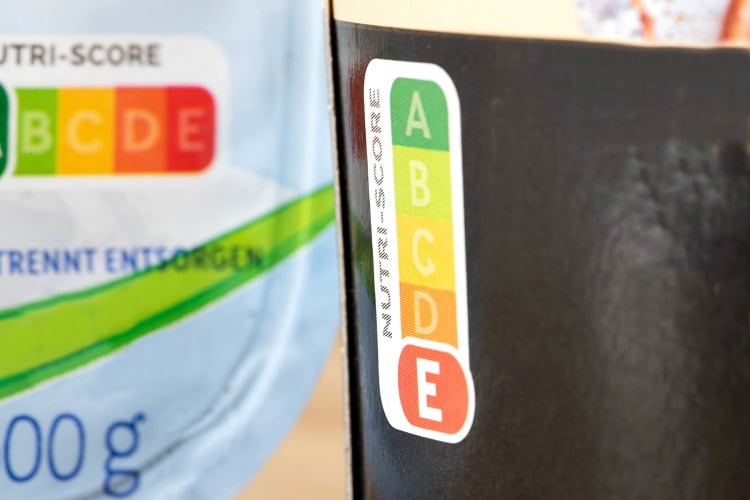Consumer awareness around digestive health is on the rise. According to HFI, 78% of global consumers agree their digestive health is extremely or very important.
Innova Market Insights data suggests two out of three consumers worldwide agree that gut health is key to achieving holistic wellbeing, and FMCG Gurus has calculated that well over half of global consumers say they look for food and drink products with digestive health properties regularly.
Further, global interest in prebiotics has jumped from 51% in 2018 to 61% in 2022, according to HFI, suggesting they are now entering the mainstream for consumers across the world.
With gut health increasingly front-of-mind for consumers, carrying a ‘high in fibre’ claim is an attractive option for brands that qualify.
But is digestive health ‘sexy’? It could be argued that food supporting gut bacteria and healthy bowels are not as easily marketable as other nutrient claims on-pack.
So how can brands increase the ‘high in fibre’ appeal? FoodNavigator investigates.
Fibre vs protein
While the ‘high in fibre’ claim is growing, it still doesn’t have the same appeal as other claims, such as ‘high in protein’, agreed German ingredients supplier Döhler.
“Protein has been associated with lifestyle aspects such as health, vitality and fitness, whereas fibre still needs to gain ground in a marketing sense, to also connect with healthy, vitality and fitness – the scientific evidence is there to support!” Christine von Brunn, Product Manager at Döhler, told FoodNavigator.
An underlying issue here, according to von Brunn, is that people can meet their protein requirements with ‘little effort’. Protein is available in numerous staple foods and with the growing trend of ‘high protein’ foods, beverages and snacks, consumer choice continues to expand apace.
Fibre, on the other hand, is harder to seek out without making a concerted effort.
“If we don’t make it a habit to seek out foods high in fibre, it is very likely that we will not consume enough for optimal health,” she explained. This is evidenced by the renowned ‘fibre gap’ – whereby fibre intake is short of dietary recommendations.
“Expanding access to, and the availability of, higher fibre products on the market – whether via reformulation, fortification or supplementation in foods and beverages – is crucial.”
Another German-headquartered ingredients supplier, Beneo, doesn’t agree that fibre is less popular than protein amongst consumers, citing recent Mintel research showing that consumers in France, Germany, Italy, Spain, UK, the Netherlands, and Norway are equally as interested in high fibre and high protein content.
“It might be the case that the industry is not fully aware of this fact yet, but from a consumer point of view, the interest is definitely there,” Anke Sentko, Vice President, Regulatory Affairs & Nutrition Communication at Beneo, told this publication.
Consumers are ‘greatly’ interested in added fibre ingredients, agreed ADM, with European headquarters in Switzerland. “Our research shows that it is the number one ingredient consumers want to add to their diets for reasons like digestion, weight management and satiety,” said the ingredients supplier’s Global Director of Marketing, Microbiome Solutions, Vaughn DuBow.
“On top of that, among the consumers who have made changes to their diets and lifestyles, because they are aware of the gut microbiome, 64% have increased fibre intake.”
How can brands increase ‘high in fibre’ appeal?
If an increasing number of consumers are aware of gut health, digestion, and the microbiome, how can brands ensure their ‘high in fibre’ products stand out on-shelf?
Making fibre sexy can be ‘tricky’, agreed Döhler. Fibre is a mature ingredient, and in its raw form is typically brown in colour. Fibre has ‘never been that trendy before’, von Brunn explained.
However, the product manager believes in the power of education, communication and marketing the change consumer perceptions.
“The launch of prebiotic soda trends in the US is a great example of what can be done with fibre, making the connection to gut health and by extension, immunity and mental health are critical topics to leverage that can really connect with the consumer.”
Highlighting fibre’s ‘multi-dimensional’ health benefits are key to improving its image, suggested von Brunn. High-fibre foods also provide slow-release energy, for example, making them helpful for managing cholesterol levels and blood sugars.
And much more ‘sophisticated’ fibres are available these days that provide the health benefits of fibre, as well as other benefits such as ‘natural’ sweetness and mouthfeel to a product, she continued, which can serve as a sugar substitute.
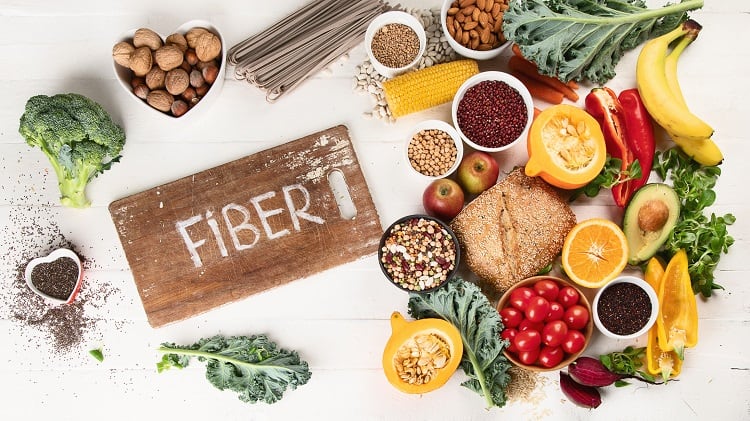
Given that people are interested in fibre – a recent HFI survey suggested this is the case for 81% global consumers – brands need to ensure they are marketing their products in an ‘appealing way’, said Beneo’s Sentko, and that the appropriate fibre messaging is reaching consumers.
One approach, she suggested, consists of linking fibre with specific benefits consumers are looking for, such as ‘improved digestive health’.
“Consumers associate digestive health with many benefits, including overall physical health, immune function, and overall mental wellbeing. By reinforcing such communication on-pack, consumers can make purchasing decisions more easily…”
According to ADM, many people associated ‘high in fibre’ products with digestive distress, which DuBow suggested may make consumers shy away from purchasing these offerings. “In fact, our research shows that nearly 70% of consumers would not purchase a product again if it caused gastrointestinal discomfort.”
While this may pose a challenge for brands developing high fibre applications, the microbiome expert believes incorporating the ‘right’ solutions can help alleviate consumers’ concerns. “Moreover, ‘high in fibre’ does not need to be at odds with other functional attributes.”
Getting creative to bridge the ‘fibre gap’
While consumer interest in gut health appears to be growing rapidly, the ‘fibre gap’ persists.
Preliminary results of a recent consumer survey conducted in Italy, Germany, and the UK, by Limagrain Ingredients in partnership with French scientific advisory board CREDOC, suggested 90% of participants were consuming less than the recommended levels of dietary fibre.

Overall, Döhler has observed an increase in consumer awareness that a healthy gut is ‘crucial’ for their general wellbeing and helps with the prevention of diseases. Yet, in this ‘remarkable’ phase, a ‘disconnect’ exists between the apparent knowledge of the consumer and their actual dietary intake, suggested von Brunn.
“Fibres are recognised by the consumer as an ingredient that is good for the gut, yet population-wide research is showing us there is a clear ‘fibre gap’.”
In the US, for example, the Institute of Medicine recommends people consume up to 38g per day, depending on gender and age. Yet, the actual amount being consumed stands at around 16g per day, as reported by the National Health and Nutrition Examination Survey (NHANES).
“Hopefully with growing interest in gut health, the momentum will quickly cross over into improved fibre intakes across the population,” continued von Brunn.
“The food and beverage industry is also demonstrating how to help bridge the ‘fibre gap’ by being more creative with the use of fibres in their products and how they communicate about the fibres to the customer.”
As the gut microbiome sector grows, probiotic ingredients are being incorporated into ‘diverse’ formats in conjunction with increased fibre content, seconded ADM’s DuBow.
“From 3D-printed gummies to stick packs, clusters, sparkling waters, RTD teas, and bars, convenient offerings are ‘popping up’ more frequently as people seek personalised, accessible, functional options that can fit into their unique lifestyles.”


